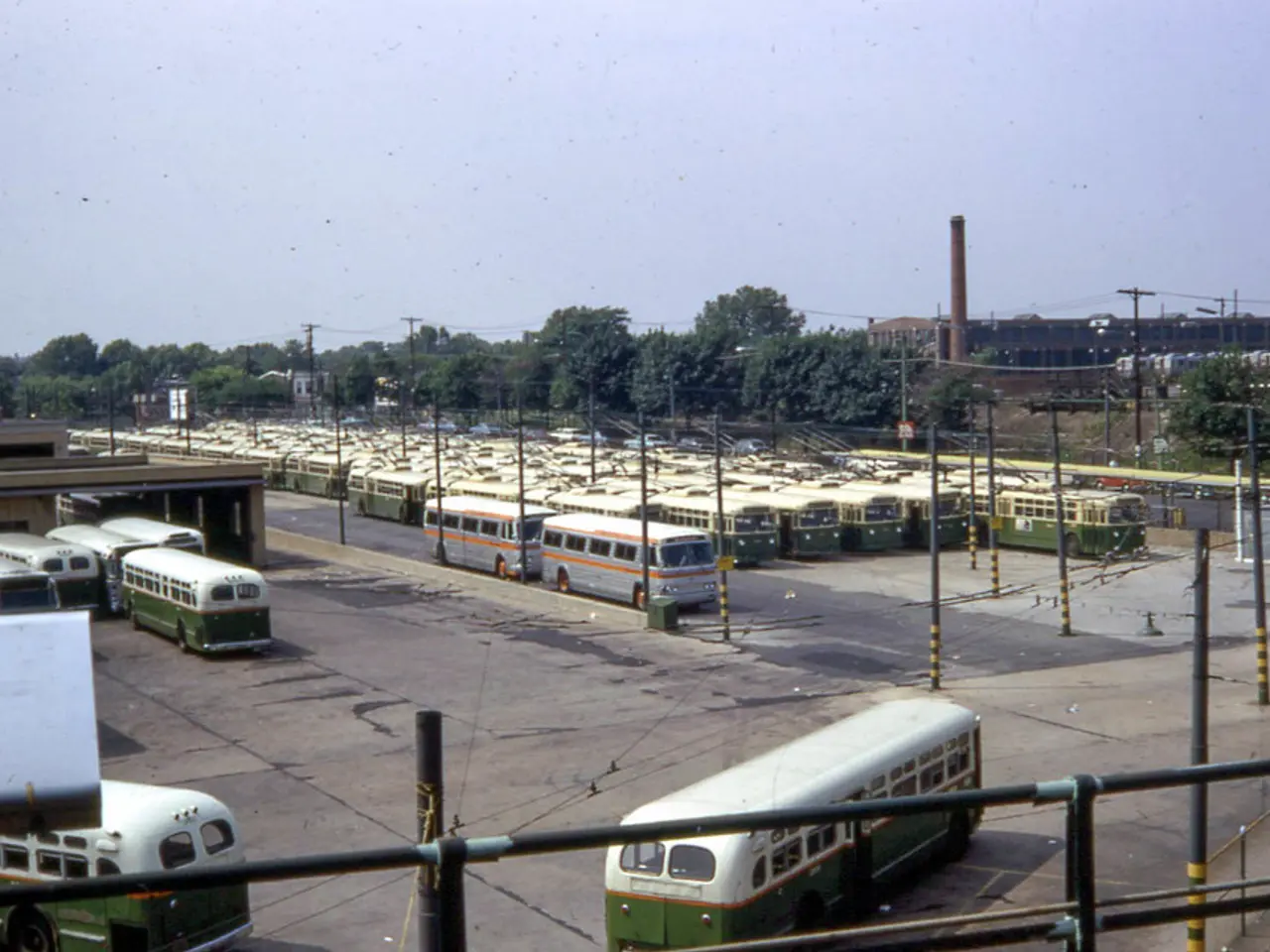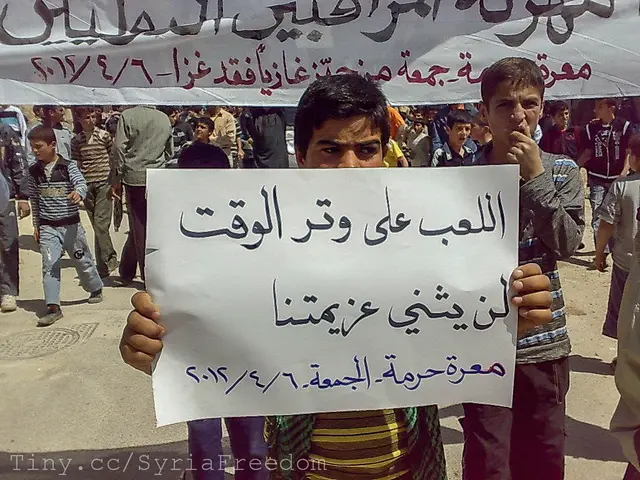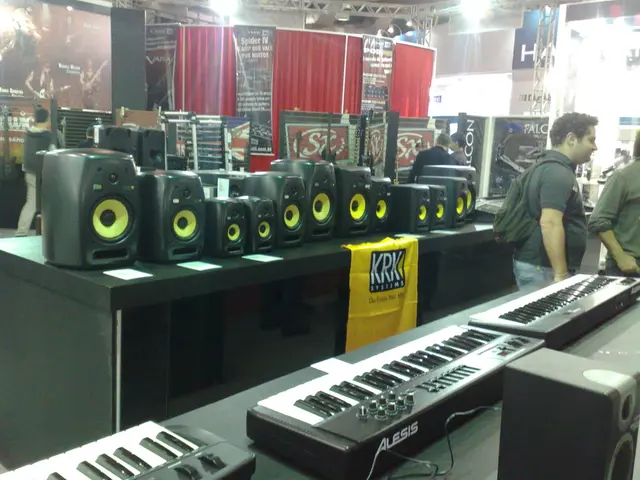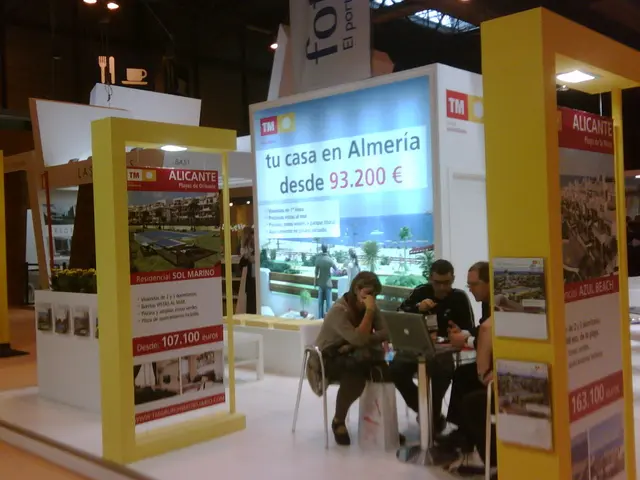Hanoi endorses the route outline for a 40km Metro Line 5
In the heart of Vietnam's capital city, Hanoi, a new chapter in urban transportation is about to unfold. Metro Line No. 5, stretching from Van Cao to Hoa Lac, covering nearly 40km, is set to form part of a synchronised, high-capacity urban transit network with direct connections to several other metro routes.
This ambitious project, scheduled to commence operations from December 2025, represents an important step in Hanoi's sustainable transport strategy. The line is positioned as a key transit corridor connecting Hanoi's central districts with the western region and the satellite city of Hoa Lac.
The Hanoi Metropolitan Railway Management Board will publicize the planning and oversee boundary marking on the ground. District-level People's Committees along the route will be responsible for land management, boundary protection, and coordination in site clearance.
The metro line will include 20 stations and two major depots. Depot No.1 in Son Dong and Duong Hoa communes, and Depot No.2 in Hoa Lac commune, will play crucial roles in the operation and maintenance of the line. Depot No.2 will be the maintenance hub for Metro Line No. 5 once operations commence. Depot No.1 will serve both Line No. 5 and the planned Line No.8 running from Son Dong to Duong Xa.
Many stations will connect directly with other metro lines such as lines 2, 3, 4, 6, 7, 8, and monorail M2, making it a seamless journey for commuters. The line is expected to relieve pressure on existing roadways, particularly the heavily congested Thang Long Avenue.
During the two-week-long period celebrating the 80th anniversary of the August Revolution and National Day, the two operating lines provided service to nearly 1.8 million passengers, reflecting the growing popularity of metro as a fast, safe, and efficient transportation option in the capital.
The record-breaking ridership on Metro Line No. 5 during its four-day fare-free trial period, serving nearly 690,000 passengers, further underscores this trend. This rise in popularity is not unique to Hanoi, as the apartment segment surrounding metro lines in Ho Chi Minh City has seen a sharp increase in prices, despite the nationwide real estate market experiencing difficulties.
Once operational, Metro Line No. 5 is anticipated to play a pivotal role in easing congestion and stimulating socioeconomic growth along its route. With six underground stations, three elevated stations, and 11 normal stations, the line will offer a comprehensive network for the city's residents and visitors alike.
In conclusion, the arrival of Metro Line No. 5 in Hanoi marks a significant milestone in the city's sustainable transport strategy, aiming to reduce reliance on private vehicles and improve environmental quality. The line is set to revolutionize urban transportation in Hanoi, offering a fast, safe, and efficient alternative to road travel.
Read also:
- Peptide YY (PYY): Exploring its Role in Appetite Suppression, Intestinal Health, and Cognitive Links
- Toddler Health: Rotavirus Signs, Origins, and Potential Complications
- Digestive issues and heart discomfort: Root causes and associated health conditions
- House Infernos: Deadly Hazards Surpassing the Flames








